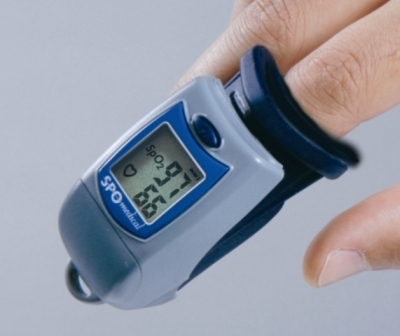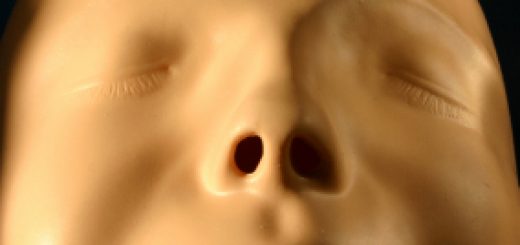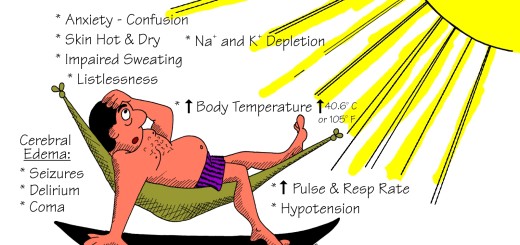Common Limitations and Problems with Pulse Oximetry
A pulse oximeter is a noninvasive photoelectric device that measures the arterial oxygen saturation and pulse rate in the peripheral circulation. It consists of a portable monitor and sensing probe that clips onto the patient’s finger, toe, or earlobe.

However, like any piece of medical equipment, there are certain situations that may cause an inaccurate reading. The following conditions may make the pulse oximeter reading unreliable.
- Poor peripheral perfusion (shock, vasoconstriction, hypotension). Do not attach the sensing probe onto an injured extremity. Try not to use the sensing probe on the same arm that you are using to monitor the blood pressure. Be aware that the pulse oximeter reading will go down while the blood pressure cuff is inflated.
- Severe anemia
- Carbon Monoxide (CO) poisoning. This will give falsely high readings because the sensing probe cannot distinguish between oxyhemoglobin and carboxyhemoglobin.
- Hypothermia
- Excessive patient movement
- High ambient light (bright sunlight, high-intensity light on the area of the sensing probe).
- Nail polish or a dirty fingernail if you are using a finger probe. Use acetone to clean the nail before attaching the probe.
To use the pulse oximeter, turn on the device, clean the area that you are to monitor (earlobe, fingernail, or toenail), and attach the sensing clip to the area.
Remember that while very useful, the pulse oximeter is just another tool to help you assess the patient. Like all tools, it has limitations and should not replace careful physical assessment of the patient.





